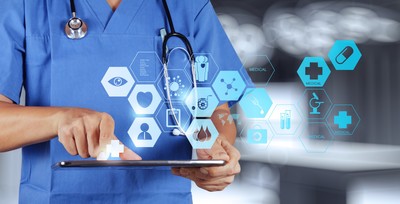The estimated prevalence of cerebral palsy ranges from one to four cases per 1,000 children. Motor disability in childhood is very common with children who are affected by cerebral palsy. The good news is that assistive technology and innovations can help children and families cope with the symptoms of the medical condition. Tech innovations constantly evolve, producing devices, gadgets and systems that assist in improving daily living and overall quality of life for people with cerebral palsy. When linked to big data, it can change outcomes and enhance healthcare.
Adaptive Technology To Improve Functioning
The Cerebral Palsy Family Network recommends the use of medical and legal resources for families of children with cerebral palsy in order to help them understand their child’s condition. Simply through networking and utilizing online resources, families can find the latest advances in cerebral palsy treatment, helping them to stay informed on updated therapies and scientific breakthroughs, and this is where newly developed technology comes to light.
Assistive technology is one area where there are constant developments. To illustrate, a Norwegian company is on the verge of developing an assistive device than can inspect skin and avert pressure ulcers for people who have limited mobility. Existing devices already on the market include orthotic devices or braces for the foot, knee, spine, hip and ankle to enhance mobility. Walkers, including gait trainers and posture control walkers also help in maintaining balance and posture, while lifts are convenient in carrying patients upstairs or in getting a person out of bed, into a wheelchair, and so on.
Using Big Data To Improve The Impact Of Assistive Tech
Big data matters in the medical field and healthcare. It helps in identifying patient problems, resulting in prompt interventions. Data analytics also detects a person’s response to treatments and therapies. In people using assistive devices, data derived from their use will offer clinical insights and enable healthcare providers to track and monitor the progress of a patient.
To illustrate, a non-verbal individual may use an eye-tracking communication device to communicate. It is also suitable for those who have difficulties in controlling body parts, which is common in people with cerebral palsy. Using cameras that pick up activities of the cornea, the user can string together words and participate in conversations. Data gathered by researchers and engineers, including customer feedback, are used to improve the devices, achieving full inclusion and widening independence.
Without a doubt, assistive technology helps individuals with cerebral palsy to achieve independence, inclusion and autonomy. When linked to big data, improvements in their design, functionality, and use can drastically enhance the quality of treatments and therapies for those with cerebral palsy.
Originally published by
Big Data Analytics News | February 5, 2021













